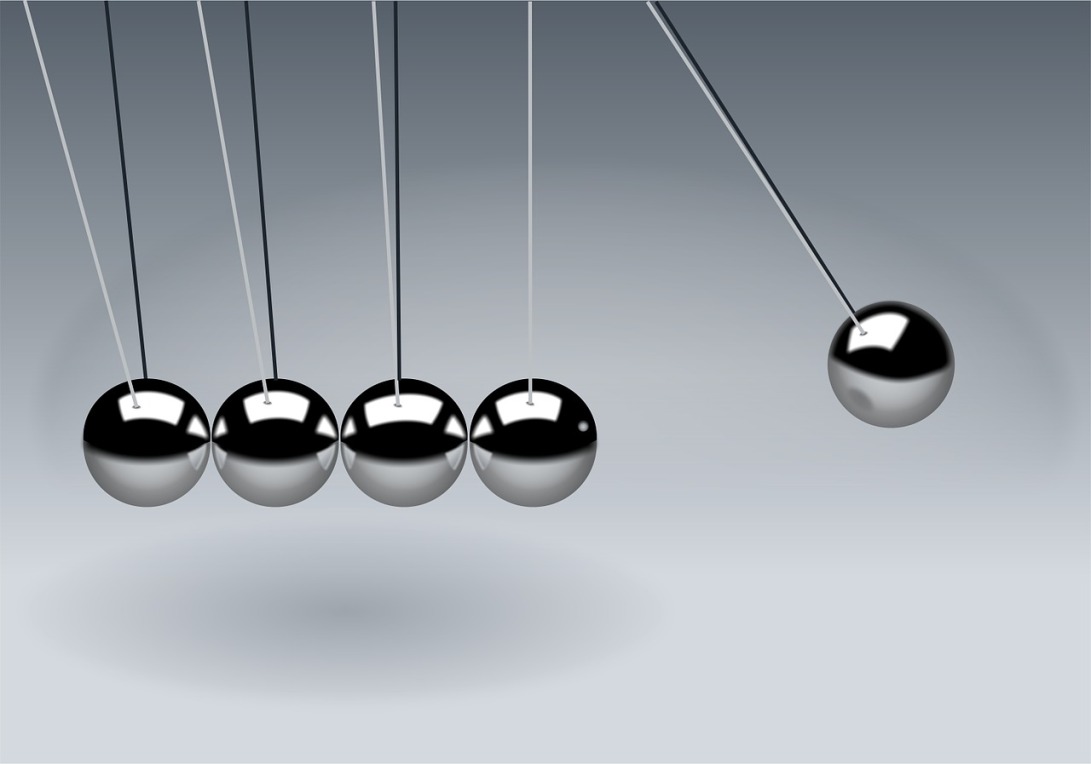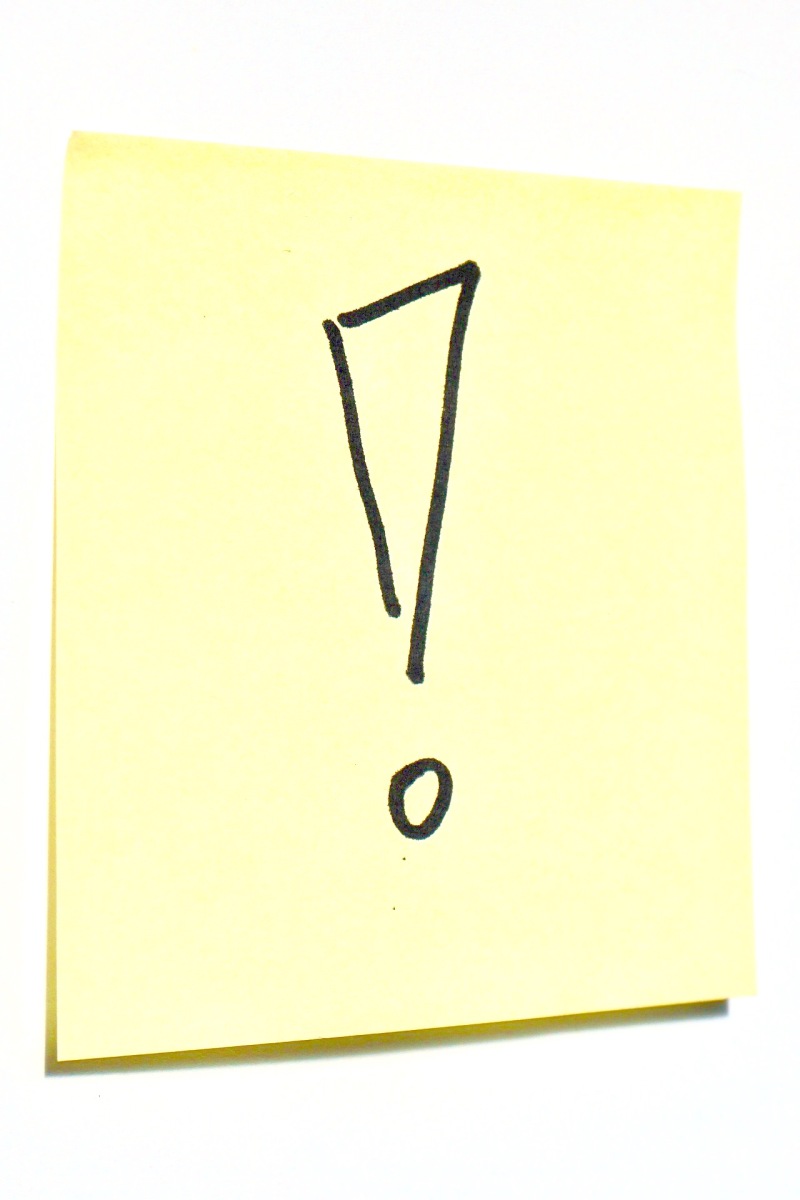The Cause in the Effect

In emergence, the part-whole relationship is one of cause and effect. Parts are the cause and wholes are their effects. Levels are a way of organizing these cause and effect relationships among interactions.
levels of interaction
levels 2 of 5
ONE THING AFTER ANOTHER
Most examples of cause and effect are described in terms of linear or sequentially ordered steps of time. In these examples, cause and effect happen one after the other. To say that A causes B implies that A happened first and then B happened next. The first car suddenly slows down, and the effect is that the second car crashes into the first. It’s a simple and literally straightforward perspective of cause and effect.
levels 3 of 5
ALL AT ONCE
Instead of a strictly linear view of causality, emergence involves a type of cause and effect that happens synchronously but at different levels. These levels differentiate between the scale of the parts and the scale of the whole. Although we may only perceive the resulting changes over time, the causes and their effects aren’t related through time, they’re related through scale / space / size. What happens at the smaller scale of the parts (A) simultaneously causes something to come into being on the bigger scale of the whole (B). As hundreds of individual cars slow down, they collectively cause a traffic jam.
levels 4 of 5
MUSICAL SCALES

Linear / sequential cause and effect is like listening to the sound of an individual instrument. We hear the music as one note after another. Multi-scale / synchronous cause and effect is like listening to the simultaneous sounds of multiple instruments. There’s a linear progression, but the music we hear emerges all at once from the interactions of notes. Even though the music would not exist without the individual sounds, it also exhibits qualities or characteristics or a life of its own at a level beyond them.
levels 5 of 5
PARTING THOUGHTS With both the traffic and music examples, it’s important to remember that the focus of emergence is on interaction. In the traffic example, the part and whole relationship isn’t cars and traffic, it’s cars-slowing-down and traffic. Similarly, in the music example, the parts aren’t the instruments, they’re the instruments-making-sounds. Even going back to our pie example, how the ingredients make a pie is not an example of emergence, but the behavior of molecules (from the ingredients) manifesting as a pie is.
With both the traffic and music examples, it’s important to remember that the focus of emergence is on interaction. In the traffic example, the part and whole relationship isn’t cars and traffic, it’s cars-slowing-down and traffic. Similarly, in the music example, the parts aren’t the instruments, they’re the instruments-making-sounds. Even going back to our pie example, how the ingredients make a pie is not an example of emergence, but the behavior of molecules (from the ingredients) manifesting as a pie is.